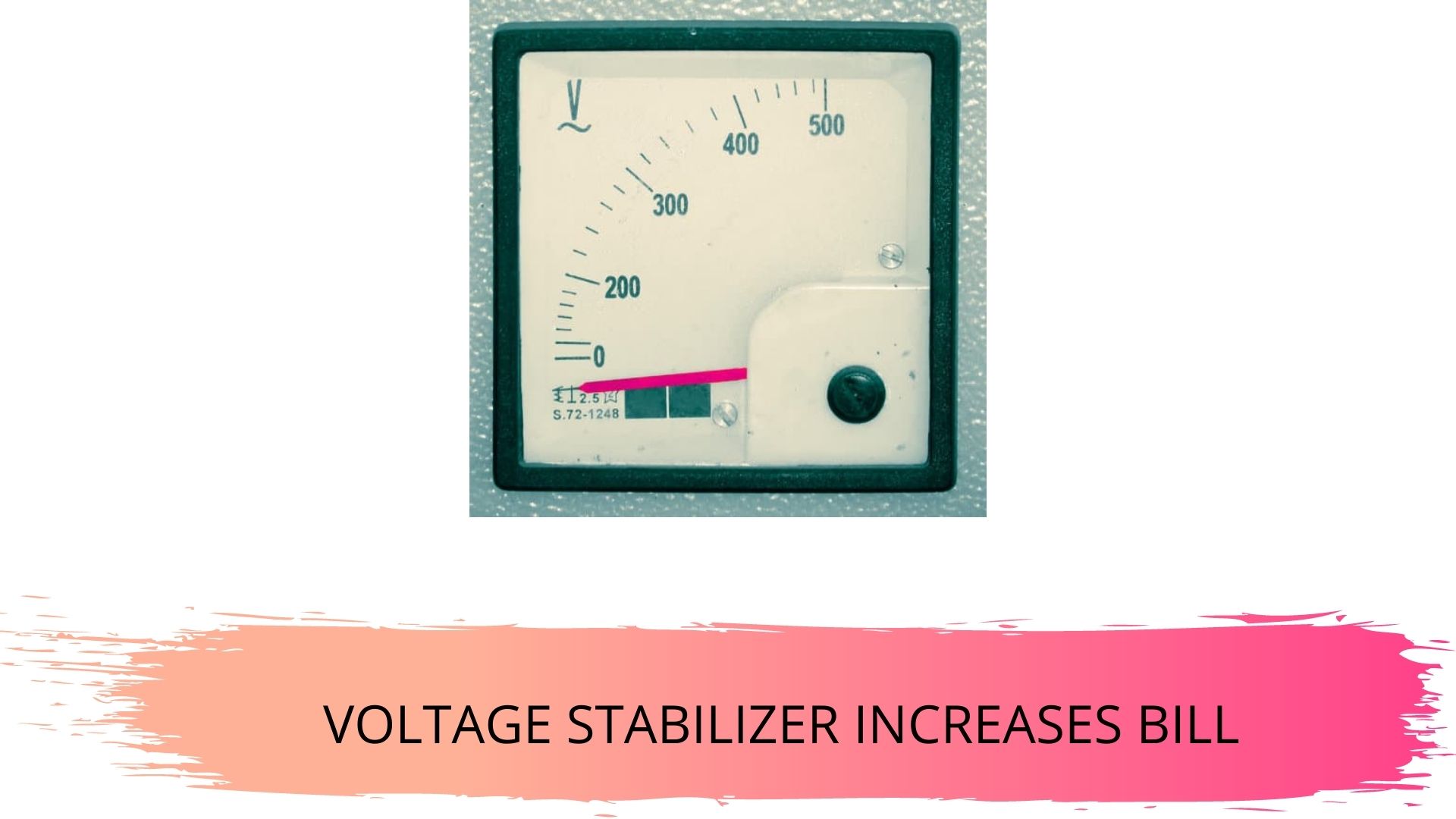Voltage fluctuations are easy to dismiss until you understand the negative consequences they can have for your appliances. This explains the interest voltage stabilizers attract. But are these devices truly as effective as people say? More to the point, do they increase your electricity bill?
Does Voltage Stabilizer Increase Electricity Bill?
Voltage stabilizers consume power. The amount of power they consume varies. The cheapest models are the most problematic. They will cause your electric bill to skyrocket. Expensive models are more efficient. At worst, they will consume 5 percent of the maximum load. The more time you spend using them, the more they will consume.
So, yes, a voltage stabilizer can increase your electricity bill.
Most developing countries struggle with voltage fluctuations. Developed nations are not exactly immune to this problem. But voltage fluctuations are most common in those developing corners of the world where the electrical infrastructure is poor.
Why are Voltage Fluctuations so Dangerous?
Electrical appliances are designed to operate with a specific voltage supply. If the voltage fluctuates drastically, either rising dangerously high or falling below acceptable levels, your appliances will suffer the consequences.
Some of them will overheat. Others will suffer permanent damage. If they continue working, you might find that their lifespan has been greatly reduced. If the voltage fluctuations continue, the efficiency of your equipment will drop.
A power outage is far better than voltage fluctuations. Most appliances work best when they are exposed to a stable, filtered power supply. This is why voltage stabilizers are so important, particularly in regions with a volatile power supply.
- Read Can Voltage Kill You?
Can Voltage Fluctuations Increase your Power Bill?
Voltage fluctuations will increase your electrical consumption because of the steps your appliances will take to compensate for the loss in voltage.
Where your power bill is concerned, voltage drops are probably your biggest threat. A voltage hike is also dangerous. It can destroy your equipment. However, a voltage drop tends to do so much more.
Some people think that appliances stop working altogether when a brownout occurs. But that isn’t true. Incandescent bulbs, for instance, can still work with low voltage. However, they will become quite hot because the bulb is using a lot more power to make up for the voltage drop.
A refrigerator may do the same thing. The device’s motors will overheat because it is working harder than normal to achieve its objectives. The more power the appliance uses in a normal situation, the more power it will use during a brownout. This will increase your electrical bill significantly.
- Read Can Voltage be Negative?
How Power Suppliers Protect Consumers?
Your electricity supplier understands the danger that voltage fluctuations pose. When the voltage rises or drops unexpectedly, they will put rolling blackouts into effect. That is to say, they will stop the power supply in certain areas, only resuming at a later time when the situation is more stable.
Load shedding is normally used as a response to situations where the electrical needs of an area have exceeded the power production.
Of course, you cannot always count on your power supplier to protect your equipment. In many cases, load shedding doesn’t happen quickly enough. The voltage is allowed to fluctuate long enough to ruin your equipment. This is why you need voltage stabilizers.
What is a Voltage Stabilizer?
According to V-Guard, voltage stabilizers are devices that maintain the stability of an appliance’s power supply. They are positioned between the appliance and the power grid. When the voltage rises or drops unexpectedly, the stabilizer takes note of this anomaly.
It then engages internal mechanisms which ensure that the output voltage remains within a stable range. If the voltage is low, the stabilizer will boost it. If the voltage is too high, the stabilizer will lower it. In doing so, it keeps your equipment safe from power fluctuations.
Voltage stabilizers are often paired with expensive hardware such as printing machines and medical tools that cannot be allowed to fail.
How to Choose the Right Voltage Stabilizer?
Choosing a voltage stabilizer is somewhat complicated. The most important factor for you to consider is the power rating of your equipment. You need a stabilizer that can contend with the voltage needs of your appliances.
Electrical Technology expects you to remember that stabilizers use a kVA rating. You must calculate your energy needs with the unit in mind. Whatever figure you get, you should add a safety margin of 20 to 25 percent.
Besides the power rating, you have to choose the type of stabilizer you want. IMA has identified three options, namely: servo motor, static, and Relay.
Your choice will depend on your needs. Each option has its advantages.
Servo motor stabilizers are robust and precise, compatible with a variety of applications. Static stabilizers have incredibly quick reactions to voltage fluctuations.
Relay stabilizers are not the most accurate. However, they are quite economical, which is why they are encouraged for personal use.
Conclusion
When faced when a power crisis, most people are quick to purchase a UPS. This makes sense. A UPS will keep your device afloat in a blackout. However, where voltage fluctuations are concerned, your best option is a voltage stabilizer.
Yes, the device will most likely increase your electricity bill. Though, the increase might be smaller than you realize. But even if it is more significant, voltage stabilizers will save you a lot of money by protecting your equipment from brownouts and voltage spikes.
With the right voltage stabilizer, you don’t have to worry about the cost of repairing or replacing damaged appliances. The devices will keep your hardware’s power supply as stable as possible. They have internal systems that will compensate for voltage hikes or drops.
In doing so, they will prevent your appliances from either struggling under the weight of a voltage drop or overloading as a result of a jump in voltage.

